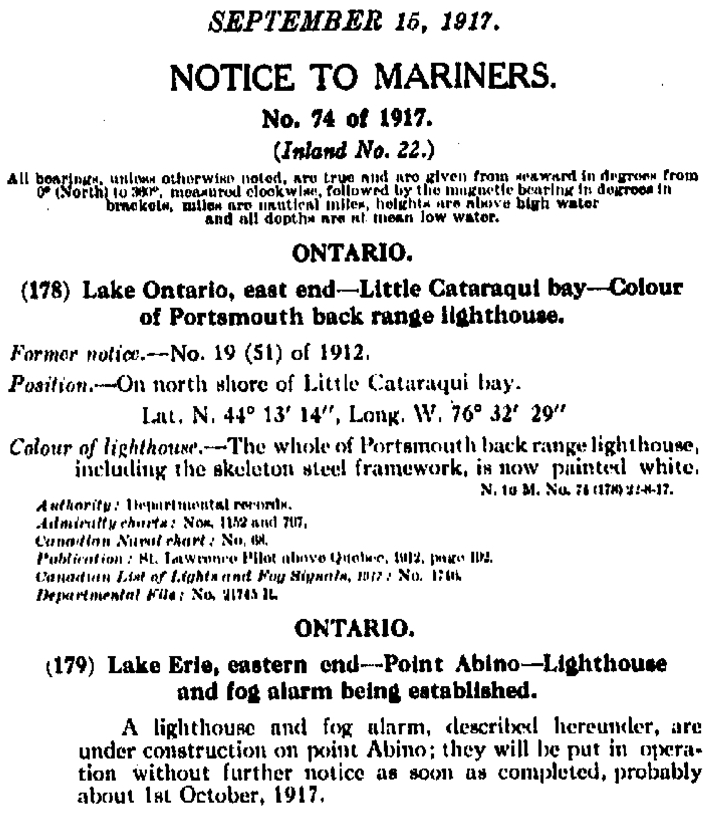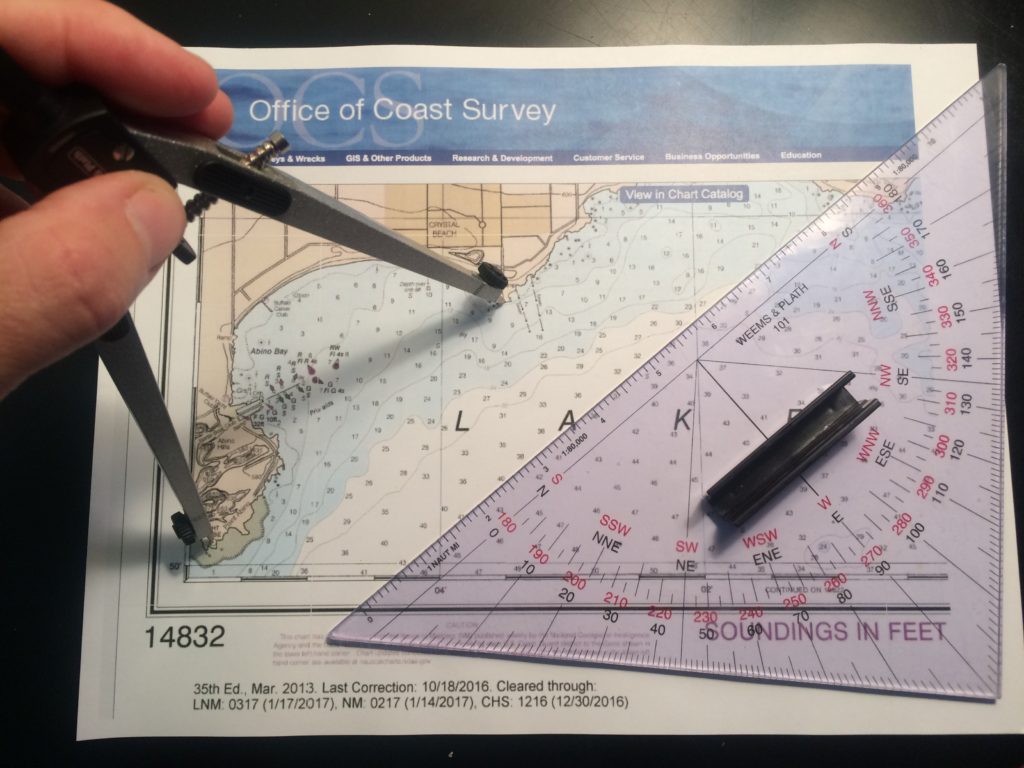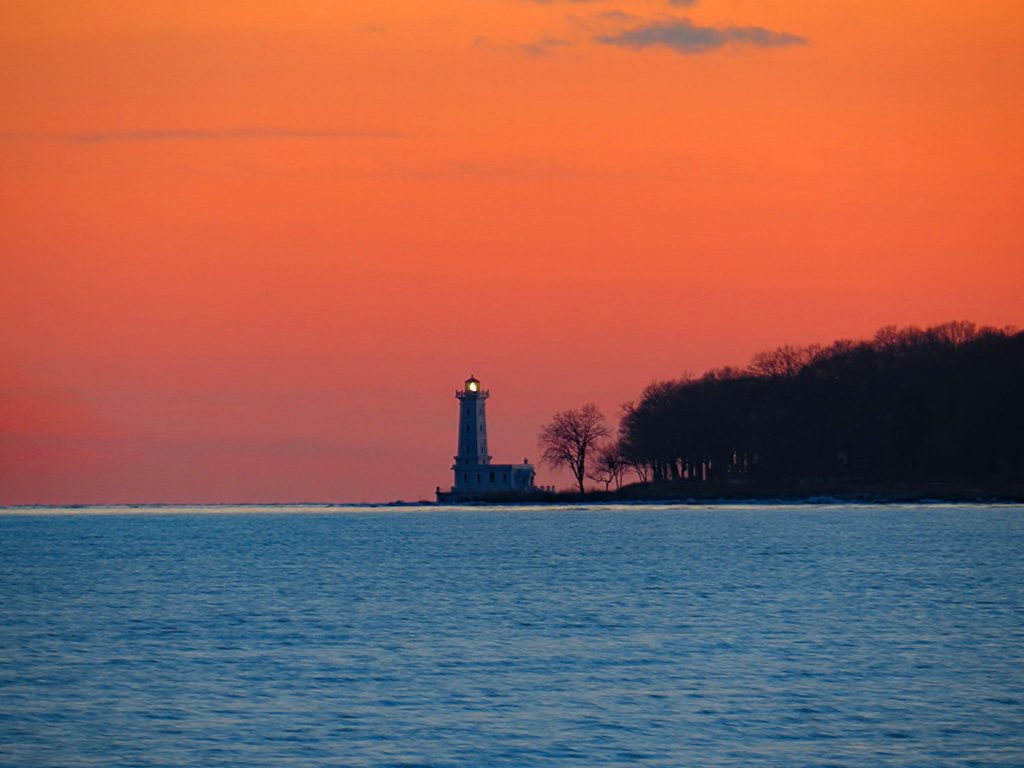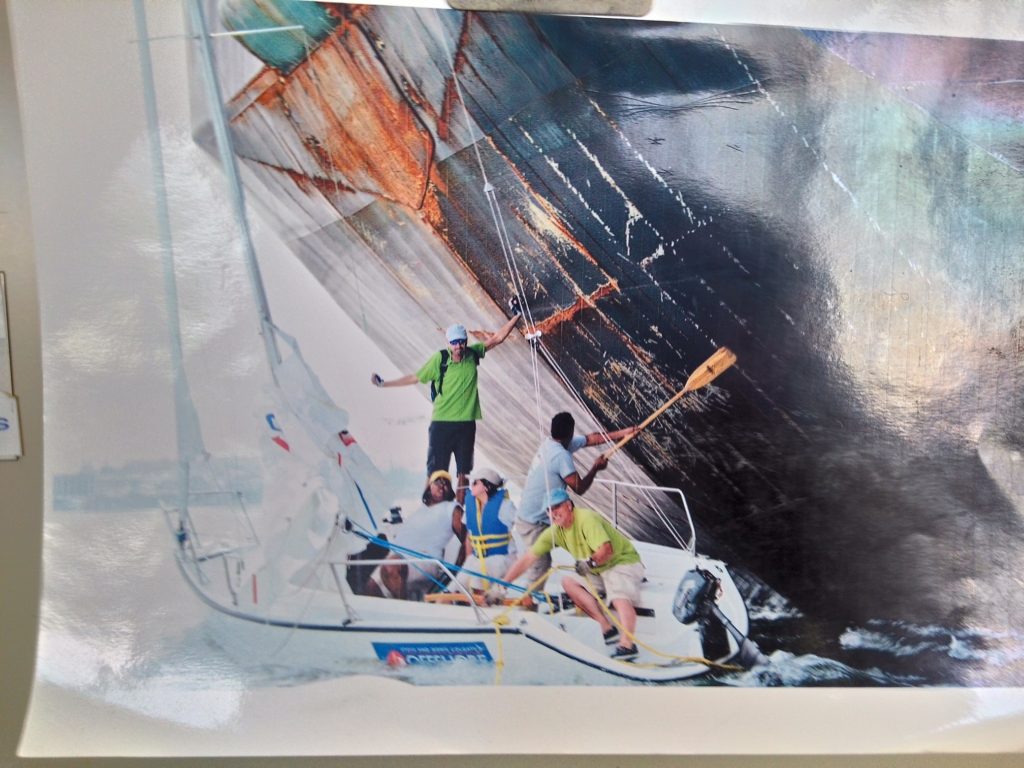Pandemic living has some interesting scenarios for learning how to navigate or sail on Zoom.
“The Cat ate my homework” starts to sound reasonable! While I haven’t heard that (or by dog) from a student in our “Live 105” Coastal Navigation courses on Zoom, I’ve seen some strange stuff. Strange is purely subjective and relative, of course.

First: what’s this course? It’s our Start Navigating course, ASA 105 Coastal Navigation. It has no prerequisites, and no prior navigation experience or training is necessary. (It is helpful to have done some boating or sailing for better perspective, but we assume none of that when we teach you.)
PC (Pre COVID), we taught this in small group settings both in Manhattan and New Rochelle. Last March, we switched to Zoom: the first school doing it, and the only one I can actually verify as doing so. It’s gone quite well! It’s almost as if we’re all in the same room together, and allows people in different locations and time zones to navigate together and make new friends and potential sailing buddies.
Anywho, as most people are doing this from home, we get a glimpse of what home looks, sounds and feels like. That includes critters.
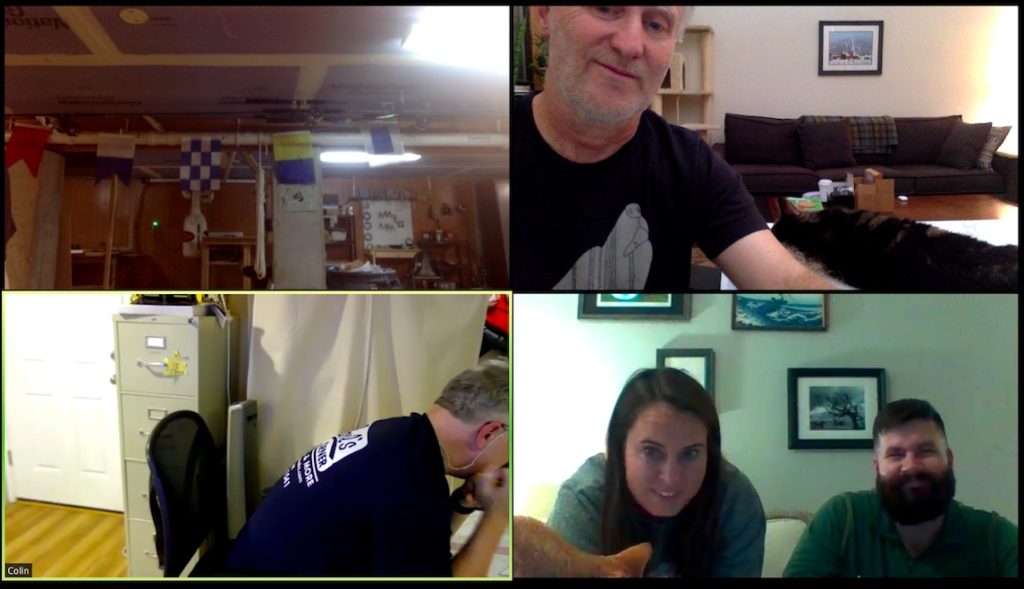
So far, we haven’t seen the proverbial pirate parrot perched on anyone’s shoulder, or carrying off plotting tools as a prank, but a number of cats and dogs have scored some screen shots.
I host and teach all our Zoom sessions. It comes naturally to me, and is fitting as I wrote the book we use for the course. Why not use the ASA book? That’s a loooong story, but short version: got tired of waiting for them to revise and professionally print their very good old book. Had to write supplements for it for topics covered on exam but not in book, for example. Started drafting my own. Almost done; needed a few final copies for first course of a winter season. They gone went and published an entirely new book by another author rather than revise the old one, and instead of the expensive price going down, it actually went UP further. But wait – there’s more! They also had a separate companion book that wasn’t just practice problems or resources, but also part of the text.
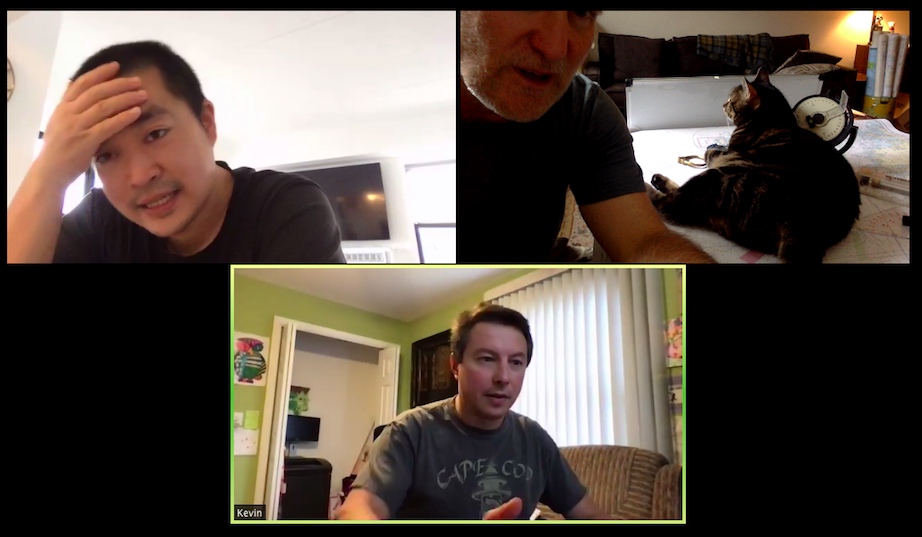
But wait – there’s MORE!!! There was also a companion DVD . Took a look at that for about 30 seconds, couldn’t take it any more. Tossed it like a frisbee for the cat who pounced on it. Never saw it again. (Ultimately, after breaking their own arm patting themselves on the back for this rollout, they gone went and did what they said they were originally: revised the OLD one. And, they published that as well, offering both texts. At that point, I’d been using my own for a few years, and have simply tweaked that and never looked back.)
So, cats, and dogs. Here’s one pic in an Instagram post from a live class, PC of course. The pic is a link…
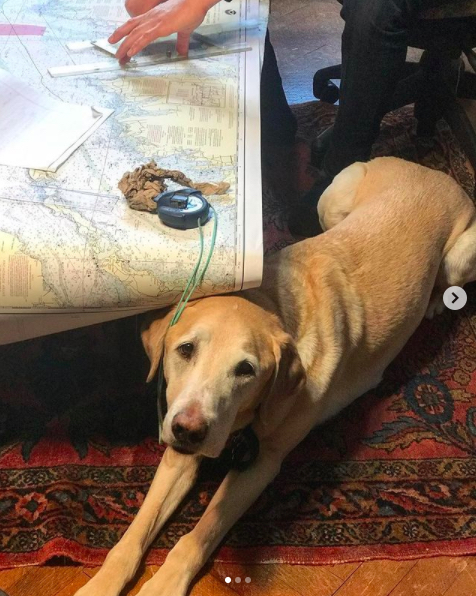
My cat attends each Zoom session. He interferes while lounging across the chart, or gets annoyed if he senses I’m paying him no mind and talking to a computer screen that is talking back. Then, he gets very intrusive and has to be escorted out.
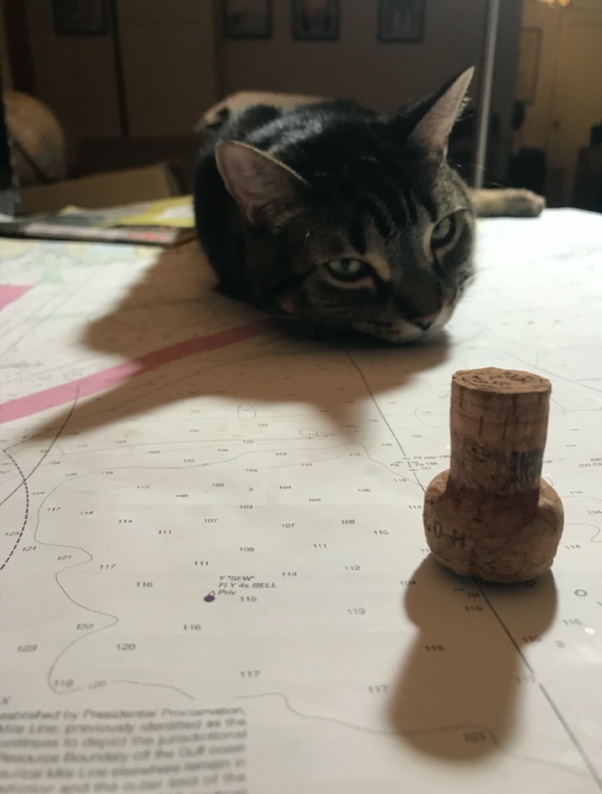
Just before our most recent session, I had the chart spread out to review one of the practice plots. Buddy jumped up on it, but it was draped over the side of the coffee table, and he didn’t land cleanly on the table. So, the slash-n-scramble routine ensued. End result: I needed oxygen and the chart looked like this:
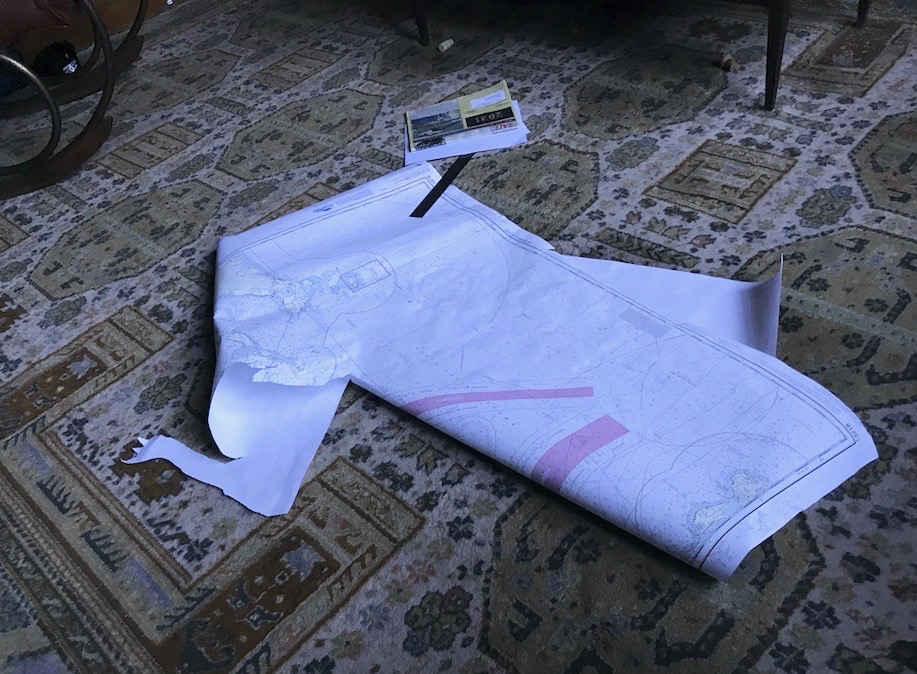
BUT WAIT – there’s MORE!… It’s like an actual cartoon, where the Warner Bros’ Looney Tune tears ass through a wall leaving the outline…

Pets are optional, of course, for this course. But if you’re managing work, family/kids, or those perpetual 2 year-olds… pets… bring it! It’s all manageable on Zoom.
